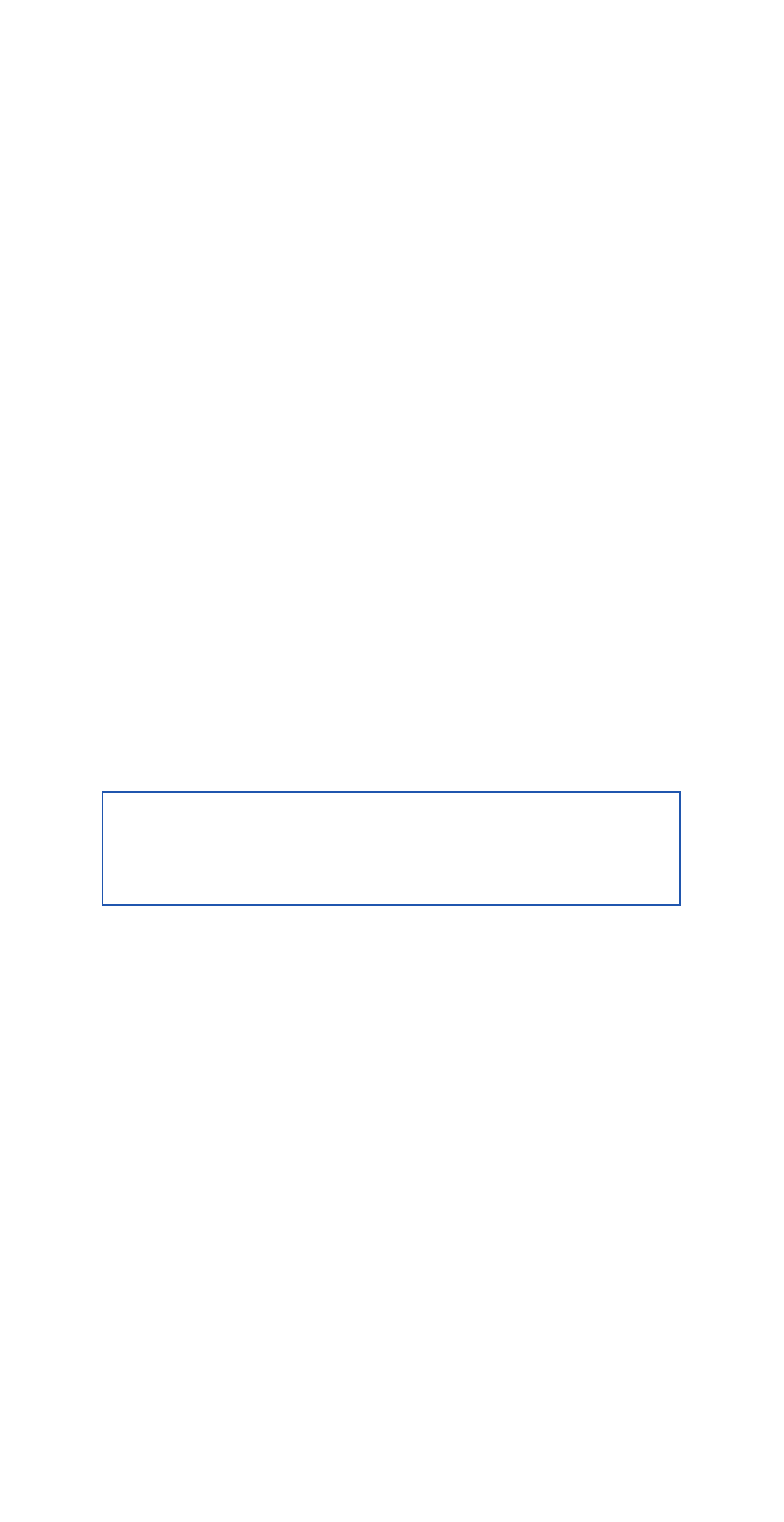Etymotic ER•200DW8 Personal Noise Dosimeter with Data Logging User Manual
Page 17

17
17
NIOSH vs. OSHA Criteria
for Estimating Allowable
Noise Dose
In the United States two standards are used to define how
noise dose is calculated: National Institute for Occupational
Safety and Health (NIOSH) Criteria for a Recommended
Standard (NIOSH, 1998) and Occupational Safety and
Health Administration (OSHA) Occupational Noise Standard
(OSHA, 1983).
When deciding which standard to use it is important
to note that the differences in these standards have
a significant impact on hearing loss risk. The more
conservative NIOSH criteria are based on scientific data
relating noise levels to risk of hearing damage, and are
more protective of hearing than the OSHA criteria. OSHA
criteria allow for higher exposure levels and/or longer
exposure times as compared to the NIOSH criteria, and
are therefore less protective of hearing.
EXAMPLE:
NIOSH 100% dose = 85 dB for 8 hrs or 88 dB for 4 hrs
OSHA 100% dose = 90 dB for 8 hrs or 95 dB for 4 hrs
Allowable Daily Exposures (Hours per Day)
Based on OSHA and NIOSH
Noise
level
dBA
85 88 90 92 94 95 97 100
OSHA
16 8
6 4 3 2
NIOSH
8 4 1 ¾ ½
¼
